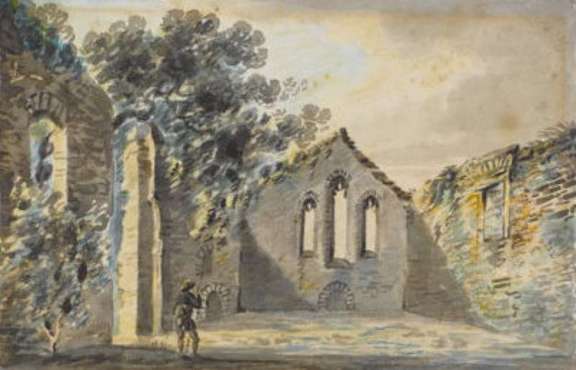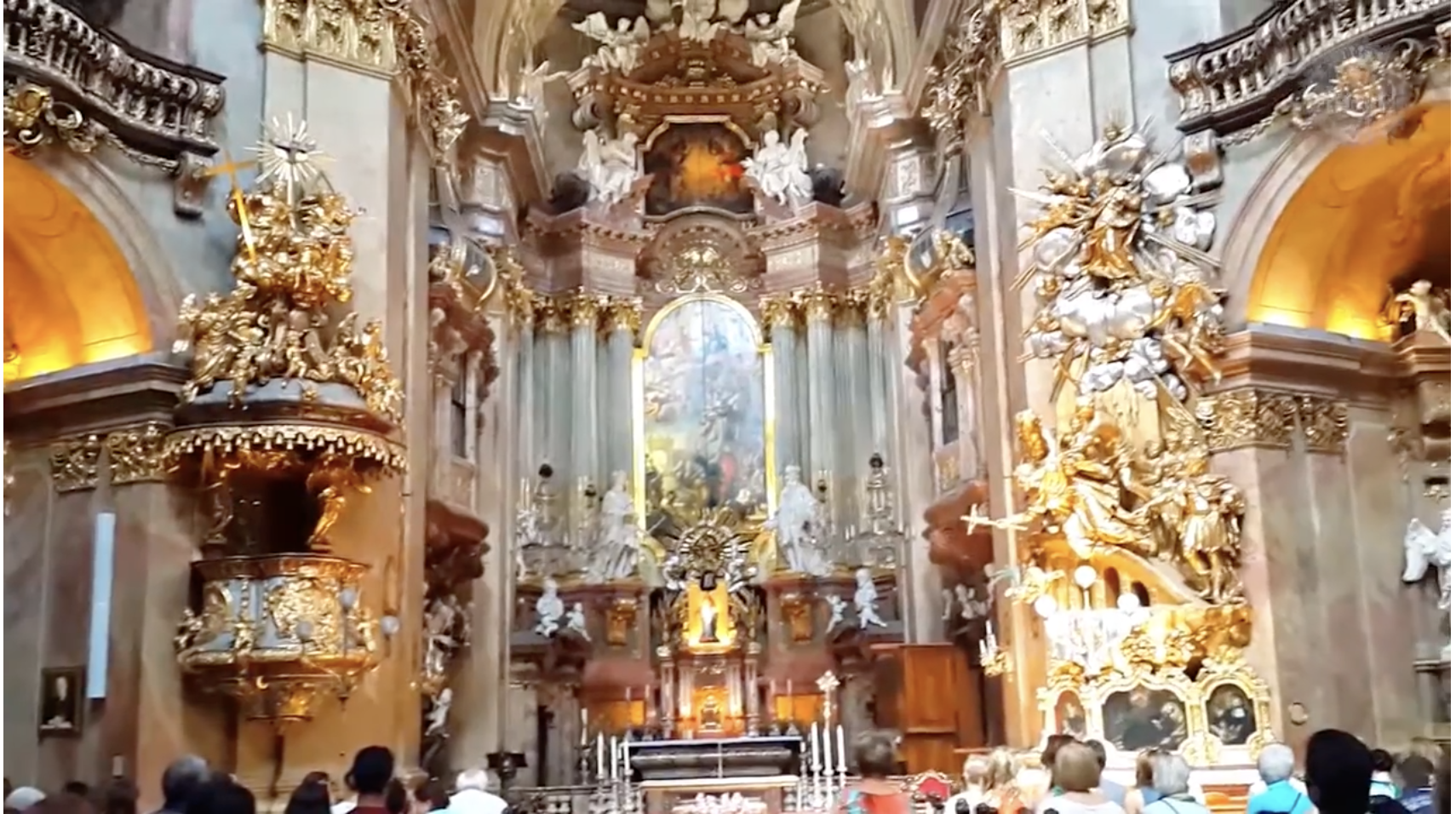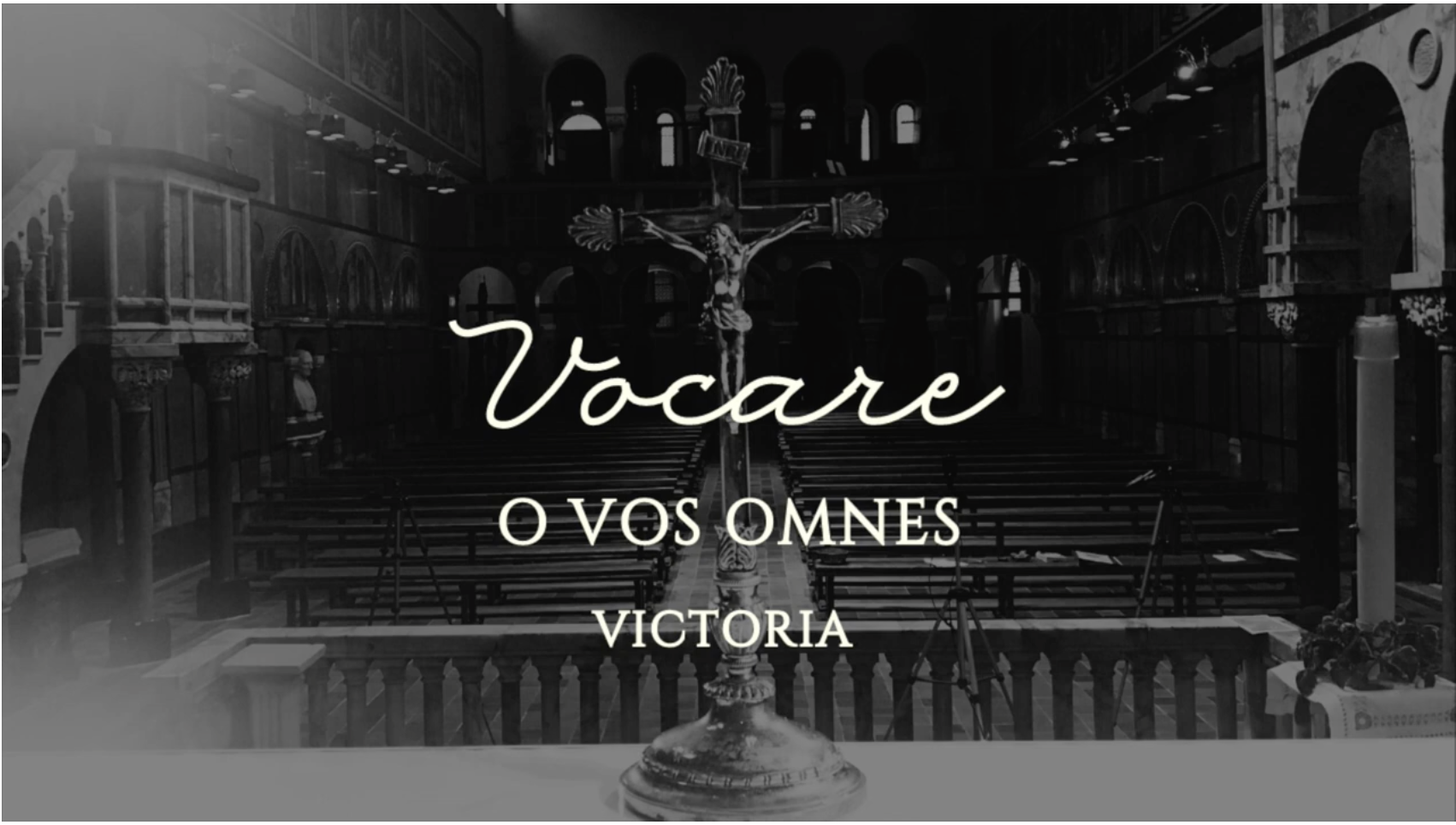There are two ways to take a large edifice down. Well, more if you have airplanes or missiles. But with conventional, old-fashioned tools, you may chip down brick by brick from the top. More cleverly, tamper with the foundations. A few carefully placed explosives here and there, and the thing will come down of its own.
As we all know by now, thanks to the miracle of television, a large building, even a skyscraper, comes down straight on its footprint; it does not keel over like an oak. For many this is counter-intuitive, but not for engineers. Because it tends to puff out at the bottom, you are not safe anywhere near the base of a falling skyscraper. And yet, perfectly safe on the right side of a falling tree (if you’ve guessed correctly which side that will be).
The explanation, to my mind, is like this. Men build skyscrapers, but God makes the trees. If men could make buildings to fall over sideways, they’d be very impressive engineers. Well, they used to be, as I judge from the Leaning Tower of Pisa.
Now, it is unclear which analogy applies to Holy Church. It has its godly side, and its very human one. Will it fall straight, as it were, or crooked? And does it make a difference where we place the explosives?
I’m assuming we have a total demolition in view. This may be controversial. Some of our bishops occupy certain parts, and I gather they are negotiating among themselves about what is worth keeping.
But this is to adopt the “brick by brick” method, which, as I’ve said, is inefficient.
You take out, say, the roof, and only a few buttresses. You keep a side chapel, but blow off the nave and the north aisle. Someone wants to keep the crossing of the transepts, as a kind of memorial arch. Unfortunately it is now supported only on one side. The façade, too, tends to lean forward as it is detached.
There’s a plan to convert the cells into high-end condominiums, but that means gutting the chapter house, to get parking access into the cloisters. The refectory, it seems, was leaning against the kitchens; or vice versa, no one’s quite sure. Both must now go. More walls and pillars seem to be in the way. The boss is against walls, entirely.
It gets hard to coordinate all the plans. People want contrary things. They can’t even agree on the overall project of selective demolition and repurposing. There is a “rigid” faction that liked everything as it was. Even when insulted, they refuse to go away.
Consider the canon law. As it stands, or stood, the whole thing fit together. Which canons can we do without? Or given the antiquity of the edifice, how do we know which were essential, and which merely decorative? Of the latter, which should be defaced, and which plastered over?

The reformers of the 16th century were faced with similar problems. Each sect, taking control of its own ancient edifice, decided on alterations a different way. All did their best to make the old pile look new, but – given its scale – the old lines kept showing through. By now all the ruins look much alike.
And strangely beautiful for what they once were. As a traveler, before I was even a Christian, the ruins of northern Europe enchanted me, in an unmistakably romantic way. Though opposed in principle to Romanticism, I was drawn to their silences. I could not see the ghosts at their offices, yet romantically I imagined them.
The question has become a live practical issue in Quebec, for instance. A part of North America once overwhelmingly Catholic. Closing all the old churches has proved a major undertaking. Happily for the hierarchy, in Quebec as in Germany and elsewhere, many sat on prime urban lots and can be exchanged for “thirty million pieces.” This comes in handy when there are sex crimes to pay off. And the buyers will take care of the demolitions.
But elsewhere, in more rural locations, a question arises. Is it better to leave a ruin to remind people of their Christian past? And let the churchyards be vandalized back to nature? Or better to sweep it all clean?
Here I am confusing the local with the universal. My analogy was too pregnant: the Church really has a lot of property to dispose of. As recently as 1965, it was all still in use; half a century of reform and now it’s mostly empty.
A generation of Catholics was replaced by a generation of “recovering Catholics,” and then, a generation with nothing to recover from. The sentimental attachment to the ruins is gone, unlikely to return for a few more centuries, when the tourist authorities will recognize the value of anything that physically remains.
The Church as living edifice is, however, still with us. Nominal Catholics are still fairly numerous, even in America; indeed, even in some parts of Europe. What is to be done with their heritage? Which bits to keep, and which bits to “recycle”?
As our incumbent Holy Father recently proclaimed, it is better to be an atheist than a hypocritical Christian; and since every human being without exception is a hypocrite (see the received Catholic doctrine), his decision seems to be, sweep it clean.
To which end, it makes no sense to be selective. The repurposing of shrines can take its own course. There is, after all, a free market, and we have so much to sell. Or nationalize, as in France, if no one can afford it – where a few “rigids” still gather in the monuments the State now owns, after the various French revolutions.
But for Holy Church herself, replacing one specific thing with another appears too much work. The dynamite is being placed here and there through the foundations, and gravity can be counted on to do the rest.















